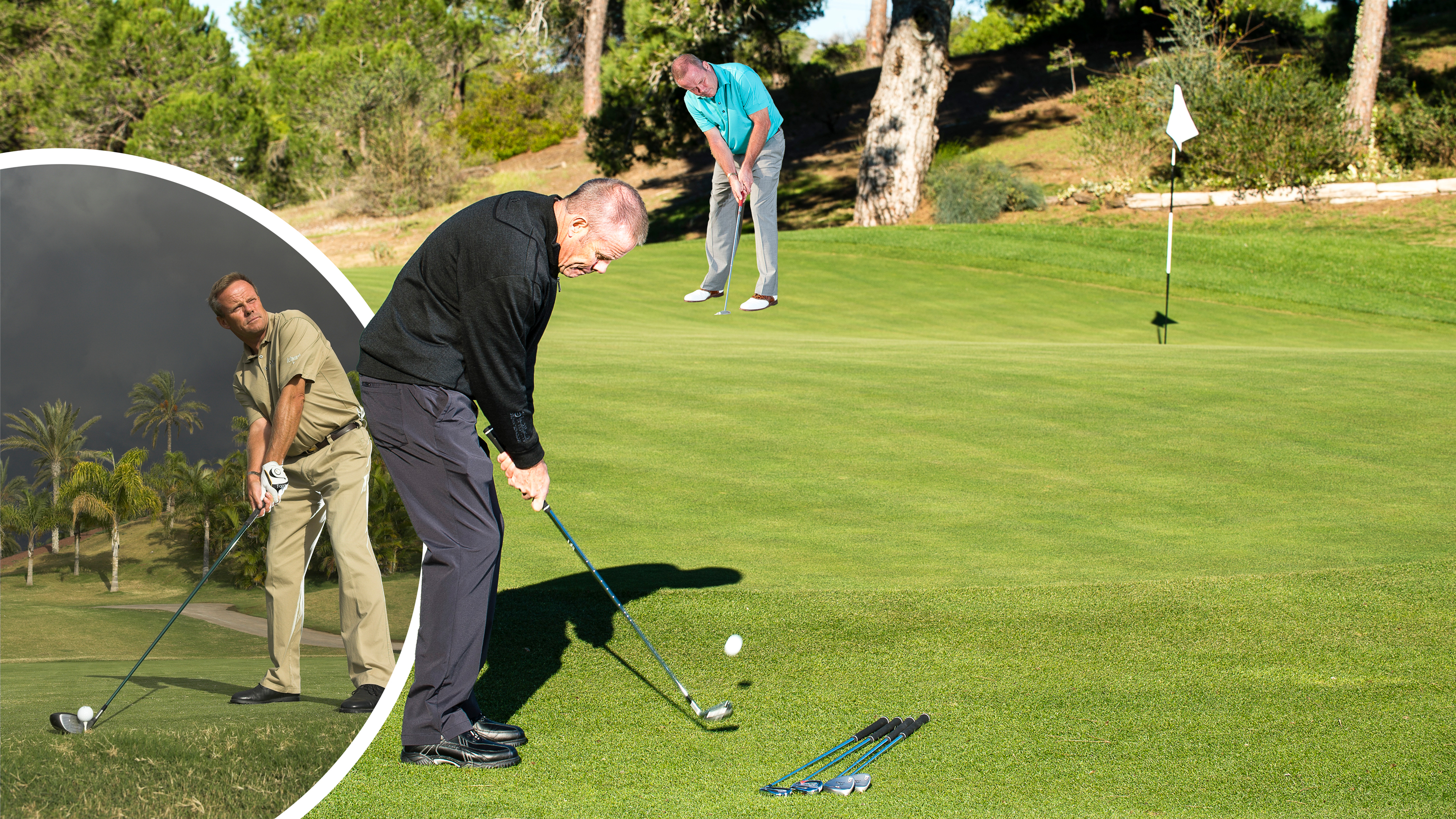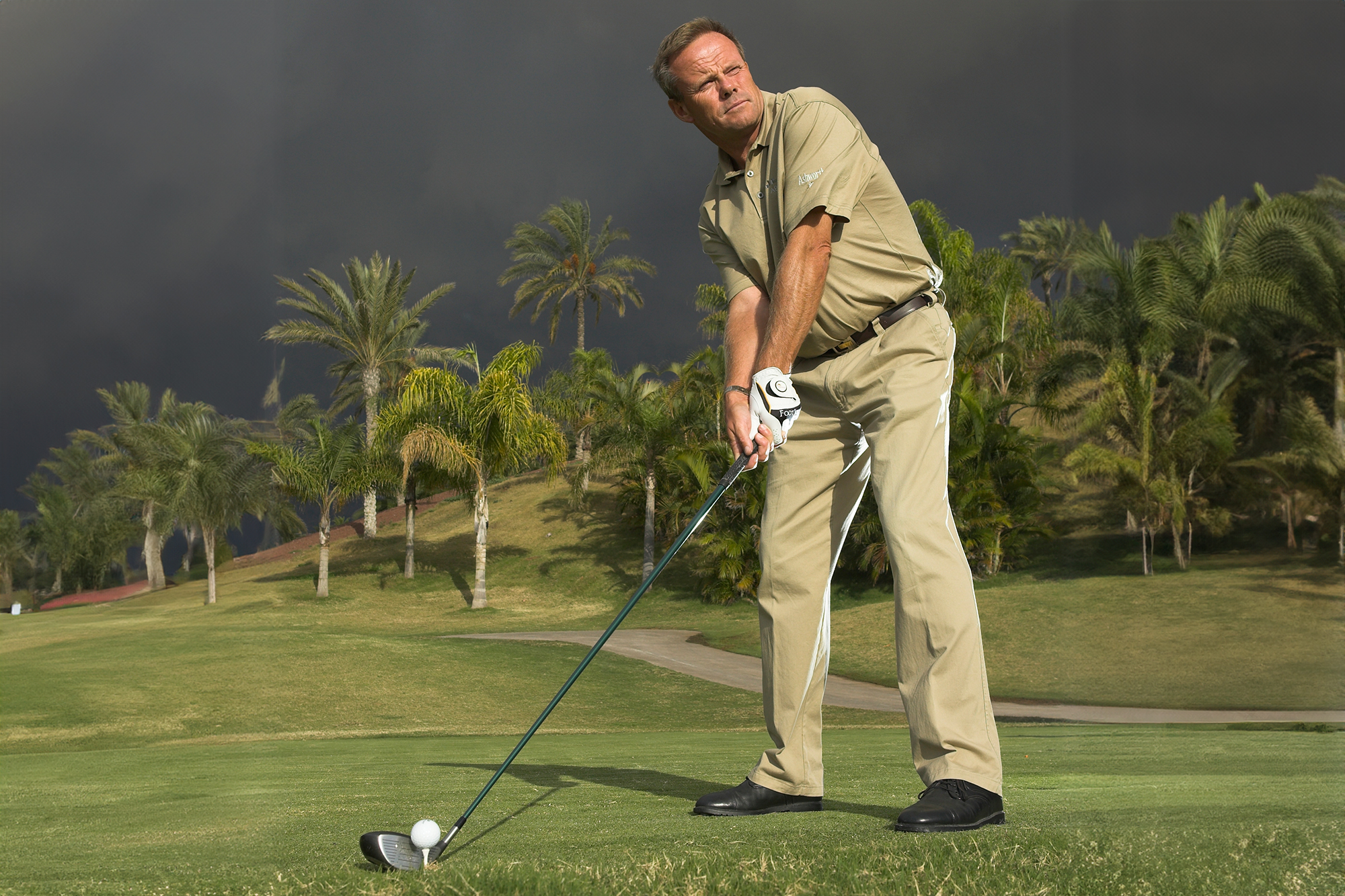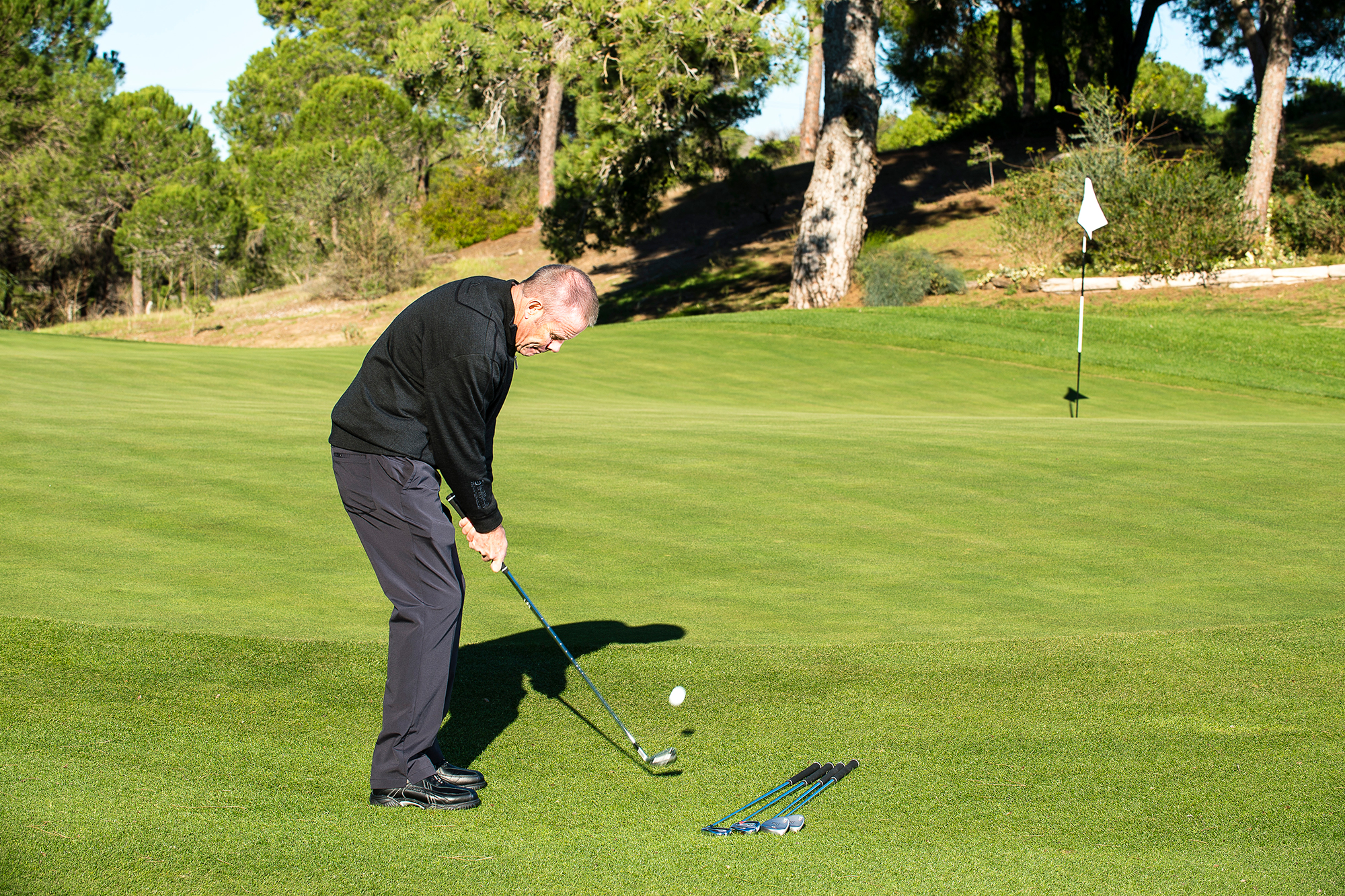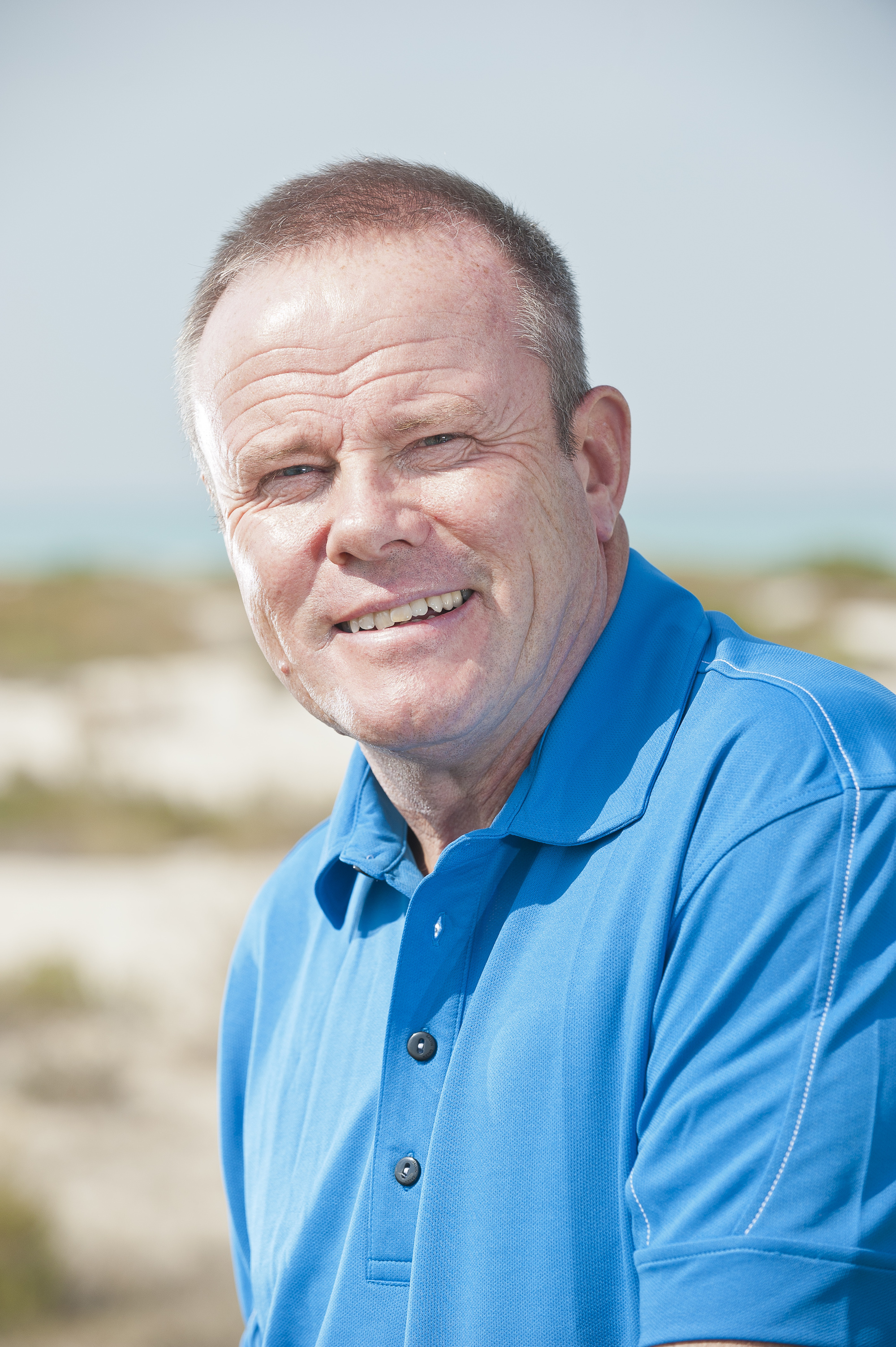I've Taught Over 100,000 Golf Lessons... Here Are 3 Things Every Amateur Needs To Know
I have been coaching golfers since 1973 and I believe these three simple lessons are essential for all amateurs to play their best and shoot lower scores...

Baz Plummer

Over the course of my professional coaching career, spanning more than 50 years, I have delivered somewhere in the region of 100,000 golf lessons – and in all likelihood there have been far more.
I've covered every aspect of the game you can think of, like mastering the perfect golf grip and how to achieve a centred strike with driver, consistently utilising a personalised selection of the best golf drills to help amateurs shoot lower scores.
It would be impossible to share everything I’ve learned (and taught) in just one article, but I can offer you what I believe are three crucial lessons that every amateur golfer needs to know...
1. Setup And Play For Your Natural Shot Shape
Very few amateurs hit the ball dead straight, but interestingly many tee it up in the centre of the tee box and aim down the middle.
If your typical shot shape looks more like a draw or a fade, I would suggest using the tee box to your advantage to increase your chance of avoiding trouble.

Using the tee box effectively could make a huge difference to your success with driver and even expand your landing area
If you hit the ball left to right (for a right-handed golfer), tee it up on the right side of the tee box to open up the fairway. If you prefer to move the ball right to left, do the opposite and tee up towards the left.
Set up to hit towards a target on the left of the fairway for a fader, or the right of the fairway for those who hit a draw. The target should ideally be a bunker or a tree 200 to 220 yards away. Trust your shape and you should end up in the middle of the fairway.
Subscribe to the Golf Monthly newsletter to stay up to date with all the latest tour news, equipment news, reviews, head-to-heads and buyer’s guides from our team of experienced experts.
2. Chip Like You Are Putting With Loft
This is something I heard from the great Masters Champion Ray Floyd years ago, and it has stayed with me ever since.
When thinking about how to chip around the greens, for most club golfers, it would be sensible to do so as though you are ‘putting with loft’.
The stroke is very similar to a putt, with the wrists fairly firm, and all that changes is the club selection (and therefore the loft).
It’s still important to look at the lie, because this will determine the shot you need to hit, but for most shots sitting reasonably well around the green, I would just keep it simple.

'Chipping like you are putting with loft' is a mantra that has stuck with Gary Alliss for years, after hearing it from the legendary Ray Floyd, and now he is sharing it with you!
Find the first available flat portion of green to land it on and work out how far it is to the hole. If you need to get it up and down quickly, you might choose something like a 54˚ wedge.
But if you have 30 yards for the ball to roll out, you can drop down to around a 7-iron. Get the ball on the flat part of the green as early as possible, allowing it to behave like a putt.
The perfect ball position is under the bridge of your nose and the stance is around 6ins wide.
Pull your left foot back, rather than splaying the lead foot, and move closer to the ball than you would for a normal iron shot to get the shaft more vertical.
In terms of weight distribution, place 70% on your lead side and all you need is a rock of the shoulders to get the ball rolling.
3. Perfect The Length Of Your Putting Stroke
Many club golfers have a very long backswing and a much shorter follow-through on the greens, when, in fact, you want the opposite.
When focusing on putting technique, I like to teach amateurs to curtail their backswing by using a book to stop them moving the putter back too far. Initially, they’ll clatter into it.

Distance control when putting is crucial, so be sure not to neglect the flatstick in your practise
I then ask them to pause before hitting the book going back, then gently accelerate through the ball as they guide it towards the target.
I also ask them to consider what they’re happy leaving themselves if they miss. For example, if you know you can hole out most of the time from inside 30ins, use a 30in circle as your safety zone.
If you can hit all putts so the ball stops within that friendly circle if it misses, you’ll drastically reduce the number of 3-putts you record and improve your scoring.

Location: Various (south coast)
Gary began his PGA training at Trevose, where, in 1983, he became head professional. In 2005, he joined The Belfry, where he managed a team of 35 PGA professionals. He's travelled the world several times over, working extensively in Slovakia, Ghana and Israel, and from January 2022 he will be will be taking over his father's position as patron of England and Wales Blind Golf Society.
Teaching philosophy:
Sound fundamentals. Aim and alignment, grip where the hands work together; good posture to promote balance; and set a sound swing plane. The game is about moving the ball forwards. The ball doesn't know who's holding the stick - all it knows and reacts to is impact. Get impact correct consistently and you can play golf quite well.
Greatest teaching influence:
My grandad, Percy. He taught me to play and a great deal of what I learned from him in the 1950s I still tell pupils today. And John Jacobs and Alex Hay, both of whom delivered the message in simple language. They were excellent demonstrators and wonderfully articulate.
Greatest success story:
A lady (Valerie Stock) came to me fearing she'd never see her husband during their retirement if she didn't learn to play. She booked two lessons per week for three months, but she just couldn't hit a ball. Suddenly she stopped coming. Four weeks later, and after practising in her garden, she rebooked - and sure enough she could play. Before we could progress, she emigrated. Three years later, Valerie walked into the golf shop and told me she was playing off 19, saying everything I told her just took a long time to process!
- Baz PlummerStaff Writer
You must confirm your public display name before commenting
Please logout and then login again, you will then be prompted to enter your display name.